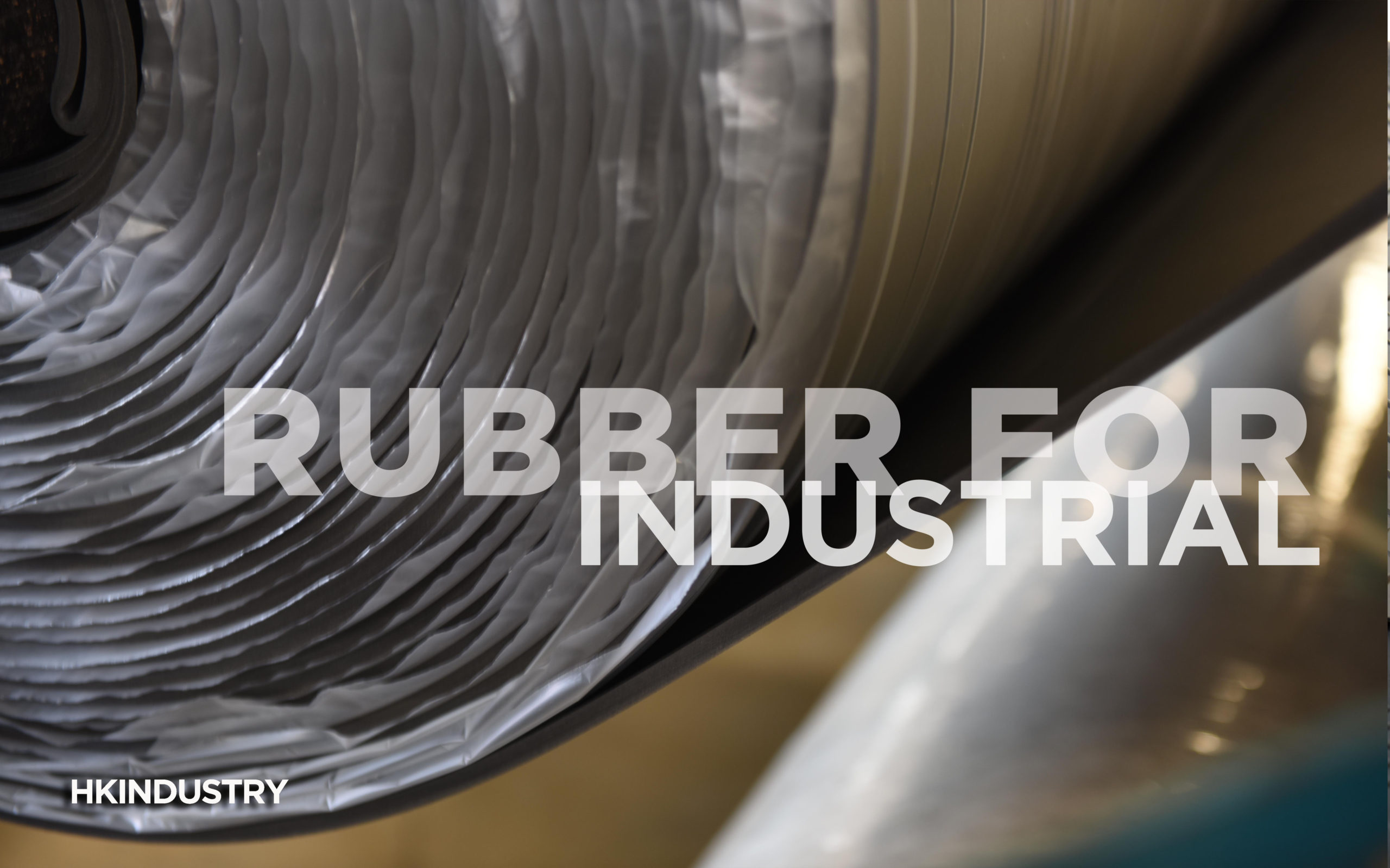Safety in food processing and handling is a top priority for industries worldwide. Food-grade rubber, a specialized material specifically designed for contact with food products, plays a crucial role in upholding these safety standards. Let’s delve deeper into how food-grade rubber guarantees product safety across various sectors.
1. Compliance with Stringent Standards
Food-grade rubber undergoes a rigorous process to meet stringent safety criteria:
FDA Approval: The rubber used in food applications complies with strict guidelines established by regulatory bodies like the Food and Drug Administration (FDA). This approval ensures that the rubber material meets specific safety standards for direct contact with food.
Certifications: Manufacturers adhere to certifications such as NSF (National Sanitation Foundation) and European Union regulations. These certifications verify that the rubber used meets safety criteria for food-related applications.
Non-toxic Formulation: Food-grade rubber is formulated without harmful substances like BPA (bisphenol A) and phthalates. This formulation ensures that the rubber won’t leach any hazardous chemicals into the food or beverages it comes into contact with, guaranteeing consumer safety.
2. Resistance to Contamination
Food-grade rubber possesses properties that make it resistant to contamination:
Hygienic Properties: Its composition inhibits bacterial growth and microbial contamination. This resistance is crucial in environments where maintaining cleanliness and preventing contamination is paramount, such as in food processing facilities.
Ease of Cleaning: The rubber’s surface is designed for easy cleaning and sterilization. This feature ensures thorough sanitation, minimizing the risk of residue or bacteria remaining after cleaning procedures.
Durability and Longevity: Food grade rubber’s durability allows it to withstand frequent cleaning, temperature variations, and exposure to various substances without deteriorating. This resilience ensures that its hygienic properties remain intact over extended periods.
3. Compatibility with Food Handling
The unique properties of food grade rubber make it ideal for various food-related applications:
Inert Nature: Its chemical inertness means it won’t react with food substances. This characteristic ensures that the rubber won’t alter the taste, odor, or composition of the food it comes into contact with, maintaining the integrity of the food product.
Flexibility and Versatility: Food grade rubber’s flexibility allows for its use in diverse applications within the food industry. From sealing materials to conveyor belts, its versatility ensures efficiency in food processing operations.
Temperature Resistance: This specialized rubber can withstand a wide range of temperatures, making it suitable for use in both hot and cold food processing applications without compromising its structural integrity.
4. Preventing Cross-Contamination and Allergens
Food grade rubber helps maintain strict hygiene standards and prevent cross-contamination:
Seamless Integration: Components made of food grade rubber are designed to fit seamlessly into food processing equipment. This design prevents gaps or joints where contaminants could accumulate, reducing the risk of cross-contamination.
Allergen-Free Properties: Engineered to be allergen-free, food grade rubber minimizes the risk of cross-contamination for individuals with food allergies, ensuring consumer safety.
Preserving Food Quality: By acting as a barrier between food and potential contaminants, food grade rubber aids in preserving the quality and integrity of the products, meeting stringent food safety standards.
Conclusion
Food-grade rubber is a vital component in ensuring product safety in food processing and related industries. Its adherence to stringent standards, resistance to contamination, compatibility with food handling, and role in preventing cross-contamination and allergens make it an indispensable material for upholding high hygiene and safety levels throughout the food production process.

